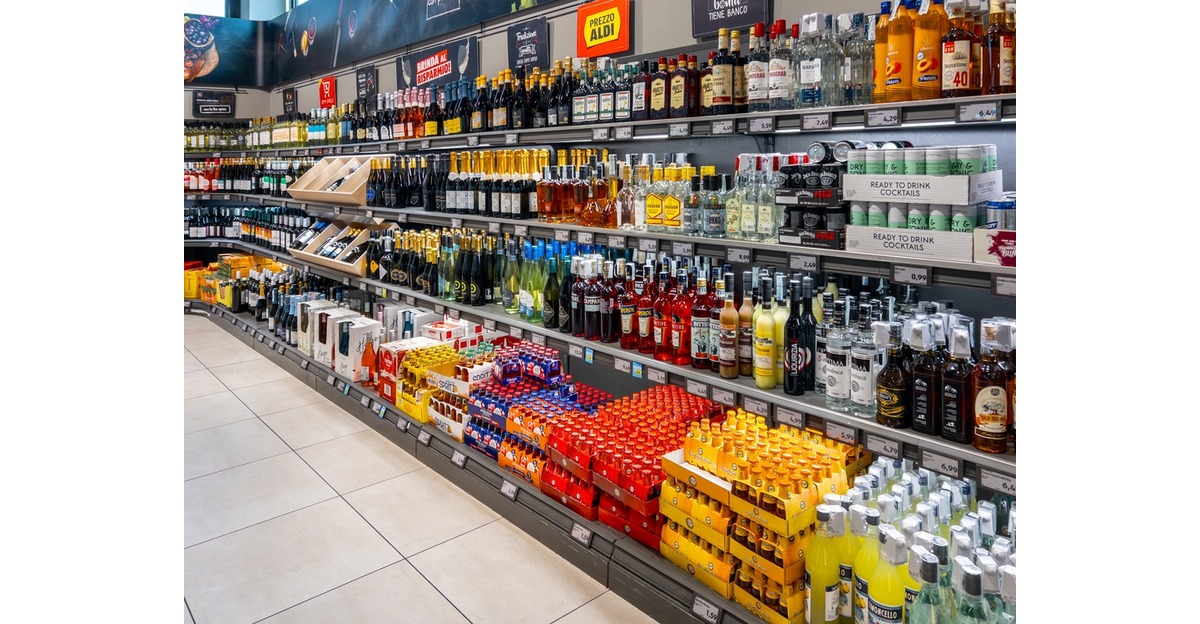Aldi’s Winking Owl wine. A name synonymous with budget-friendly imbibing and dorm-room revelry. But beneath the kitschy label lies a surprisingly diverse array of varietals, each with its own distinct character and, shall we say, ‘drinkability.’ To navigate this vinous labyrinth, we undertook a rigorous (and surprisingly enjoyable) tasting, meticulously ranking every Winking Owl offering from the sublime to the… well, let’s just say, less sublime. Prepare your palates, for we are about to embark on a vinicultural odyssey.
The Methodology: A Deep Dive into the Decanting Process
Our evaluation was not a haphazard affair. We employed a systematic approach, scrutinizing each wine across a spectrum of criteria. Aroma, the initial olfactory assault, was paramount. We sought nuanced bouquets, not just the generic scent of fermented grapes. Next, we considered the palate – the texture, the tannins, the lingering finish. Was it a velvety caress or a harsh, astringent slap? Acidity, the backbone of a good wine, also played a pivotal role. Too little, and the wine would be flabby; too much, and it would be mouth-puckeringly tart. Finally, we considered the overall balance and complexity. Did the wine offer layers of flavor that unfolded with each sip, or was it a one-dimensional bore? Each wine was tasted blind to eliminate bias, ensuring an objective assessment based solely on the merits (or demerits) of the liquid itself. Let’s say that we looked beyond the “cheap wine” label to identify truly worthwhile choices.
The Pantheon: Winking Owl’s Finest Offerings
At the apex of our Winking Owl hierarchy resides the Winking Owl Cabernet Sauvignon. This wine demonstrated a surprising depth and complexity. Its bouquet revealed notes of dark cherry, cedar, and a hint of vanilla. On the palate, it presented firm tannins, a medium body, and a lingering finish. While not exactly a Napa Valley contender, it represented remarkable value and could easily pass muster alongside a casual weeknight meal. It is versatile and agreeable to the masses.
Securing the second spot is the Winking Owl Pinot Grigio. A refreshing and crisp white wine, it offers aromas of green apple, citrus, and a subtle floral note. Its high acidity and light body make it an ideal aperitif or a perfect accompaniment to light salads and seafood. It’s a straightforward, unpretentious wine that delivers exactly what it promises: a thirst-quenching and enjoyable experience.
Claiming the third position is the Winking Owl Moscato. This sweet and effervescent wine is a veritable confection in a glass. Its aromas of honeysuckle, peach, and orange blossom create a heady and enticing bouquet. The palate is equally delightful, with a light, bubbly texture and a sugary sweetness that is perfectly balanced by its refreshing acidity. This is a dessert wine par excellence, ideal for pairing with fruit tarts or creamy cheeses. It has a certain charm to it that you cannot ignore.
The Purgatory: Acceptable but Unremarkable
Occupying the middle ground are the wines that are neither exceptional nor offensive. These are the workhorses of the Winking Owl lineup, suitable for casual consumption but unlikely to inspire passionate odes. These are not bad wines, but they lack any characteristic that makes them stand out. They are adequate for serving to a crowd when quantity matters more than quality.
The Winking Owl Merlot falls squarely into this category. It offers a generic bouquet of red berries and plum, with a medium body and soft tannins. It’s a perfectly acceptable wine, but it lacks the complexity and depth of its Cabernet Sauvignon counterpart. A crowd pleaser for a larger function, potentially.
The Winking Owl Chardonnay, similarly, is a serviceable but uninspired offering. Its aromas of apple and butterscotch are pleasant enough, but its palate is rather bland, with a short finish. It is best enjoyed chilled and paired with simple dishes.
The Abyss: Wines to Avoid (If Possible)
And then there are the wines that, shall we say, failed to impress. These are the offerings that left us with a lingering sense of regret and a desperate yearning for a palate cleanser. While affordable, these wines sacrifice quality to achieve their low price point, resulting in an experience that is best avoided.
The Winking Owl White Zinfandel occupies the lowest rung of our ranking. Its artificial strawberry aroma and cloying sweetness are simply overwhelming. The palate is thin and watery, with a finish that leaves a lingering aftertaste of artificial fruit. This is a wine that is best reserved for those with an insatiable craving for saccharine concoctions.
Just above that is the Winking Owl Sweet Red. This wine attempts to offer a sweet red blend, but it falls short due to its overly sugary taste and lack of redeeming qualities. The flavor profile is muddled and lacks definition, resulting in an unpleasant drinking experience. This might satisfy a sweet tooth, but likely will be a one time purchase.
The Verdict: Winking Owl – A Qualified Recommendation
Ultimately, the Winking Owl wine range presents a mixed bag. While some offerings, such as the Cabernet Sauvignon, Pinot Grigio, and Moscato, represent exceptional value and deliver a genuinely enjoyable drinking experience, others are best left on the shelf. By understanding the strengths and weaknesses of each varietal, consumers can navigate the Winking Owl landscape with confidence and discover affordable wines that suit their palates and budgets. It’s important to remember that, at its core, Winking Owl is about affordable wine. It will never be mistaken for a high-end vintage, but for the price, some bottles offer a surprisingly pleasant experience. So, raise a glass (responsibly, of course) and explore the world of Winking Owl – just be sure to choose wisely.
